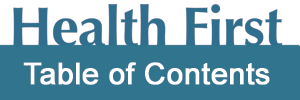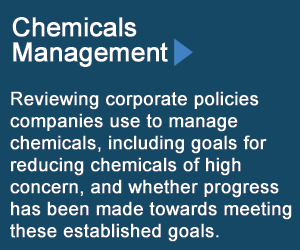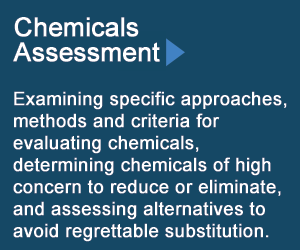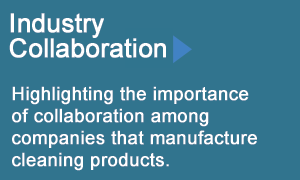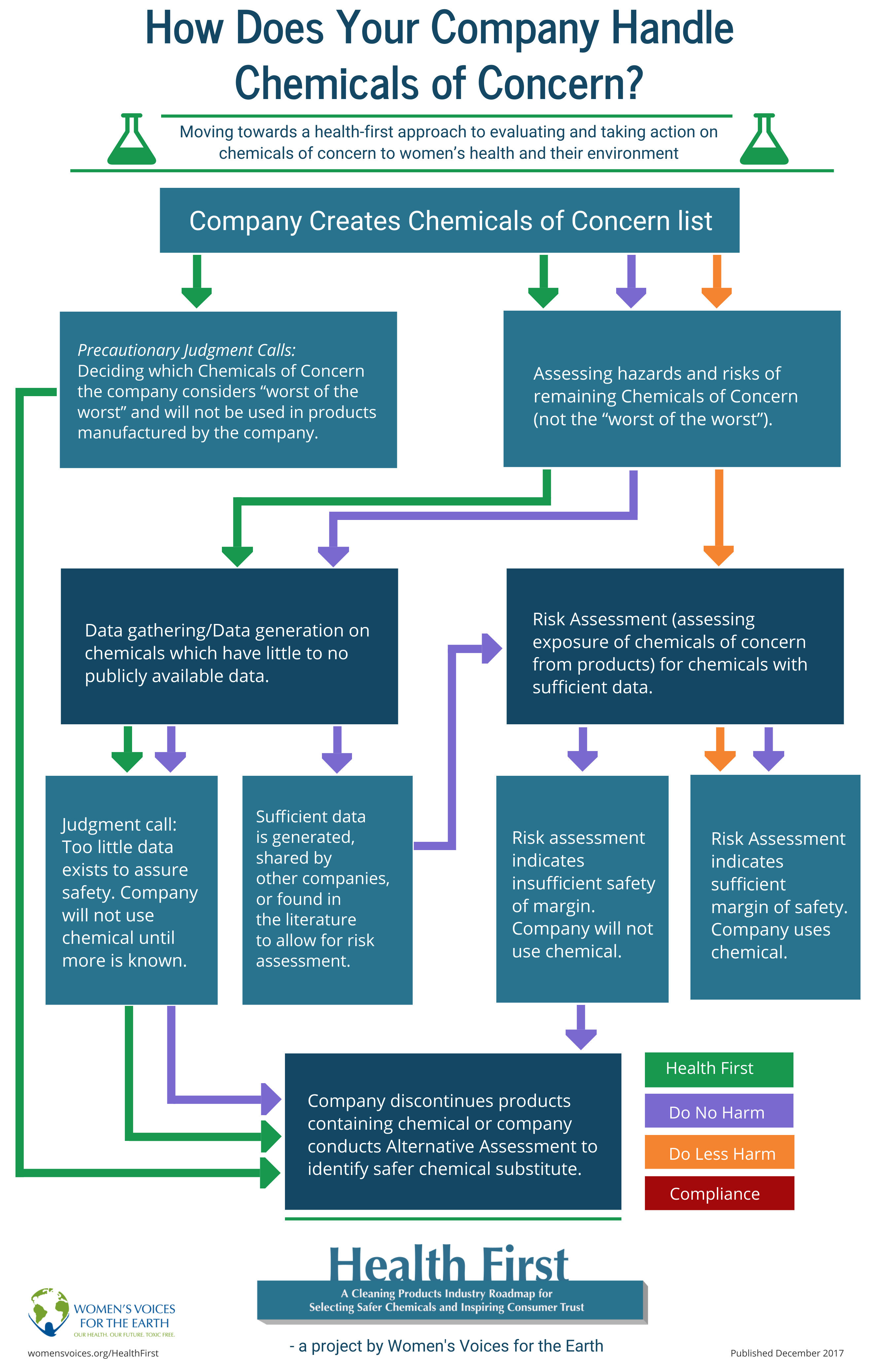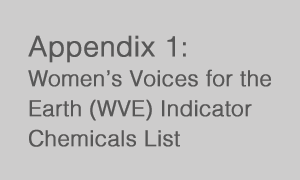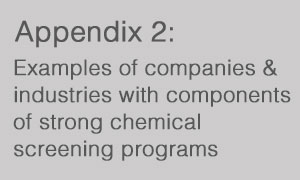Appendix 1
This list represents a sample list of chemicals Women’s Voices for the Earth has identified as present in some cleaning products and of concern to women’s health. We provide this list as what we hope may be useful indicators. We believe a robust chemical safety assessment process would identify and prioritize these chemicals. This list is not meant to be an exhaustive.
Antibacterials
- Triclosan
- Triclocarban
- Quaternary Ammonium Chlorides
Preservatives
- Parabens
- Formaldehyde Donors
- Quaternium-15
- DMDM Hydantoin
- Diazolidinyl urea
- 2-Bromo-2-nitropropane-1,3-diol
Fragrances
- Phthalates
- Synthetic Musks
Appendix 2: Examples of companies & industries with components of strong chemical screening programs
1. Target: Chemicals Policy, Commitment & Transparency
Target’s chemicals policy, released in January 2017, is a notable example of a major company issuing a public statement about its chemicals management strategy with specific goals and timelines. Setting a wide-reaching standard encompassing its entire value chain and operations, Target’s policy communicates a strong commitment to transparency and to reducing and eliminating hazardous chemicals. Measurable goals include “formulating without phthalates, propyl-paraben, butyl-paraben, formaldehyde, formaldehyde-donors, or NPE’s by 2020” in beauty, personal care, household cleaning, and baby products.
In addition, Target is using a hazard-based approach to prioritizing chemicals to restrict, emphasizing “the impact these substances could have on workers, guests, and communities.”
2. Hewlett Packard: Chemicals Assessment & Safer Substitution
Committed to identifying chemicals of concern and finding safer alternatives, HP has been using the GreenScreen® for Safer Chemicals methodology since 2008. Since then, HP has assessed more than 160 substances, including “all commercially-available non-halogenated flame retardants and phthalate replacements.” In a case study published by Chemical Watch, the company used GreenScreen to identify 30 acceptable alternatives among 45 non-halogenated flame retardants. Of these, HP found one “preferred” alternative which did not have adverse environmental impacts or major data gaps.
By identifying safer chemical alternatives to hazardous materials, HP is able to stay ahead of the regulatory curve.
3. Zero Discharge of Hazardous Chemicals (ZDHC): Industry Collaboration
ZDHC is an industry collaboration comprised of over 20 apparel brands and retailers. With a goal of reaching zero discharge of hazardous chemicals in textiles, leather, and footwear, ZDHC is a unique effort to raise safety standards within an industry. Brand manufacturers and other affiliates work together to share best practices, promote green chemistry, and offer open communication among participating entities. Highlights include:
- Development of an industry-wide manufacturing RSL
- Sharing of full GreenScreen chemical assessments
- Developing a joint framework for prioritizing hazardous chemicals within the industry
- Research list of priority chemicals for which safer substitutes are not currently available and for which additional research is needed

